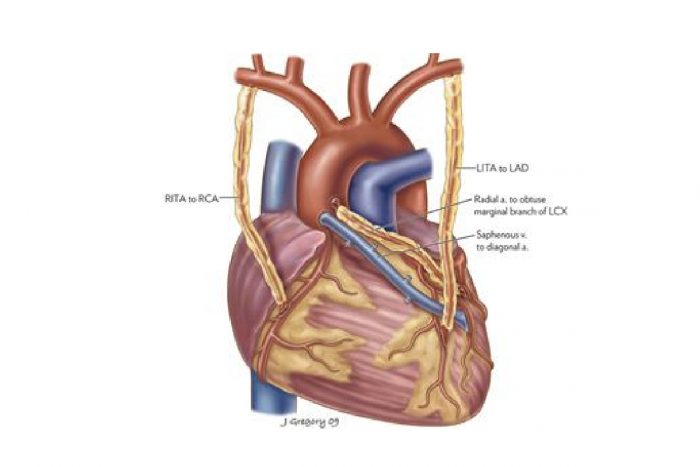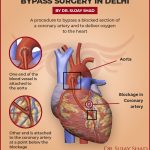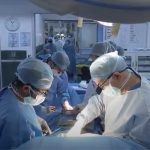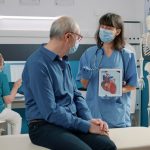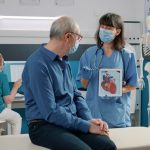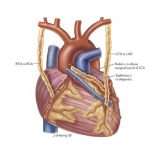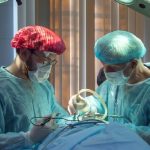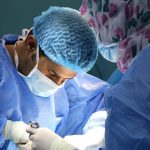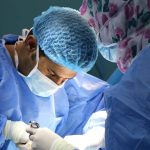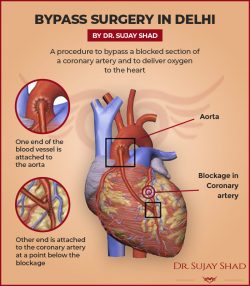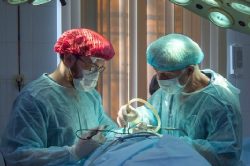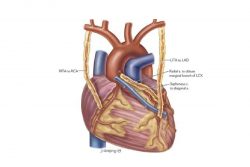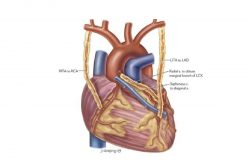Coronary Bypass Surgery: Objectives, Procedure, and Risks
Coronary bypass surgery is an open heart procedure performed to ensure the smooth flow of blood in a heart artery. It is done when the artery becomes clogged by fat and cholesterol. The surgery aims to save one life and open up a new path for oxygenated blood to flow around the blocked area and reach the heart. It can reduce the risk of heart attack and fatality due to cardiovascular diseases. Dr. Sujay Shad, a seasoned and the best bypass surgeon in Delhi practising at Sir Ganga Ram Hospital, discusses the goal and process of coronary bypass surgery in this blog.
Objective of Coronary Bypass Surgery
The heart needs a constant supply of oxygenated blood, which is supplied by the left and right coronary arteries, 2 large blood vessels around the heart.
In some cases, high cholesterol and fat levels may accumulate in these arteries, which results in blockage. This disrupts the blood flow to the heart.
In medical words, this condition is known as Coronary Artery Disease (CAD). If not treated on time, this condition may lead to heart attack and failure.
When the blockage is moderate, a person can be treated with medication; however, when the blockage is severe, the doctor may recommend surgery as an alternative to other treatment methods, such as coronary bypass surgery.
Procedure of Coronary Bypass Surgery
Dr. Sujay Shad, an expert on the matter, determines the procedure for each patient after studying the specific case. As defined in the objective, the surgery aims to create an alternate way for smooth blood supply to the heart.
The doctor uses blood vessels from other parts of the patient’s body to create this alternate route. The vessels are usually taken from the chest (LIMA and RIMA), the arms (radial artery), or the legs and thighs (saphenous vein), as these can be safely taken out and used in the heart to correct the ailment.
Recovery from Coronary Bypass Surgery
The patient would need to stay under observation in the hospital for 4-6 days after the operation. The team will monitor the patient pulse, BP, heart pressure, lungs, and breathing for the first two days. Once all these are on point, the patient may start walking independently from the 3rd or 4th day, like using the washroom.
Are there any Potential Risks?
Every surgery has some risks, and coronary bypass surgery is no exception. However, when performed by a specialist like Dr. Sujay Shad, the risks are minimized.
In order to reduce the potential risks, Dr. Sujay Shad uses the most advanced equipment, the most latest technological advancements, intensive care techniques, and effective medications. His team’s objective is to achieve the highest success rate and they are continuously working toward that goal.
Make an appointment with the best bypass surgeon in Delhi, Dr. Sujay Shad, at the renowned Sir Ganga Ram Hospital today for more information on coronary bypass surgery and other heart surgeries. Book a visit now!
